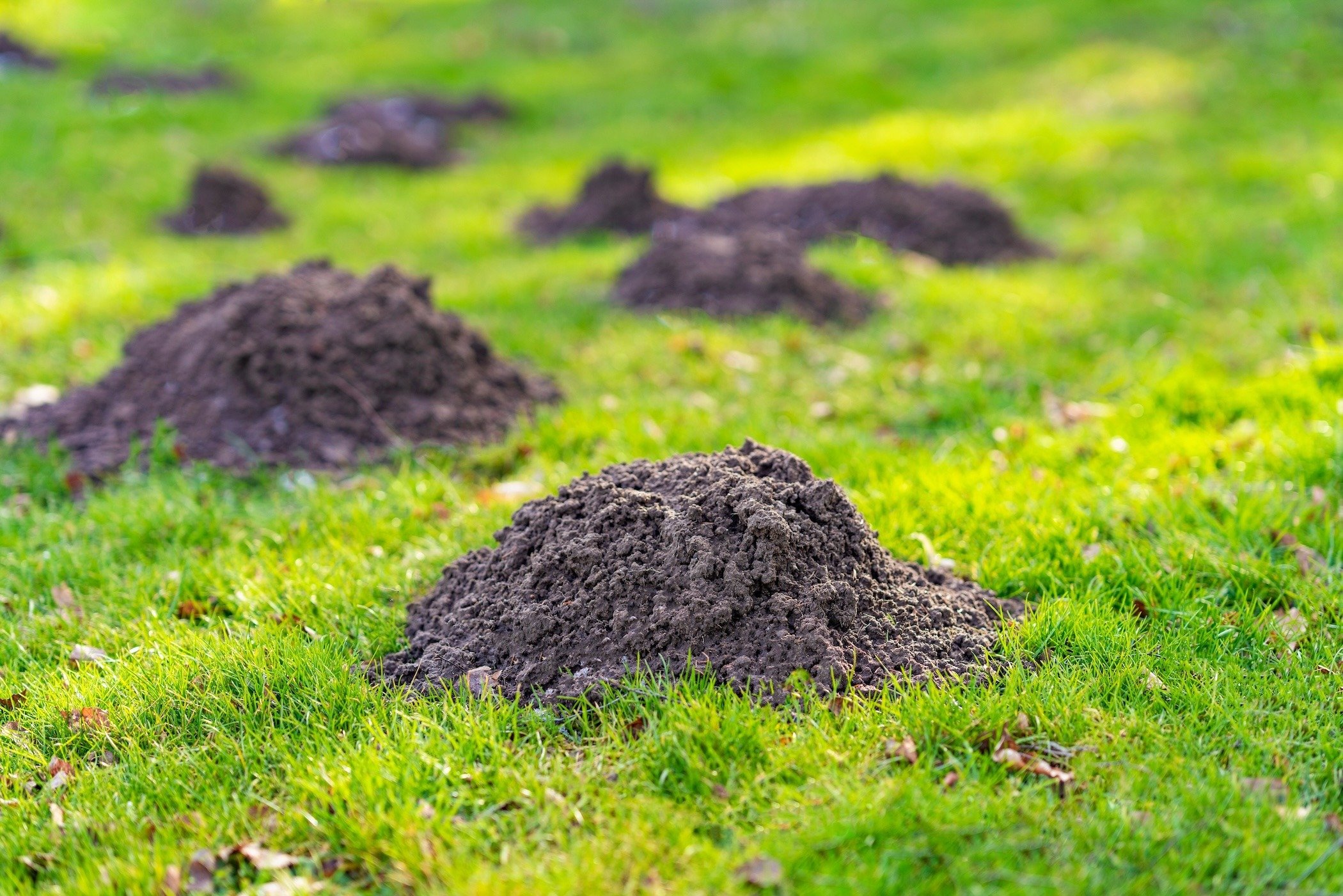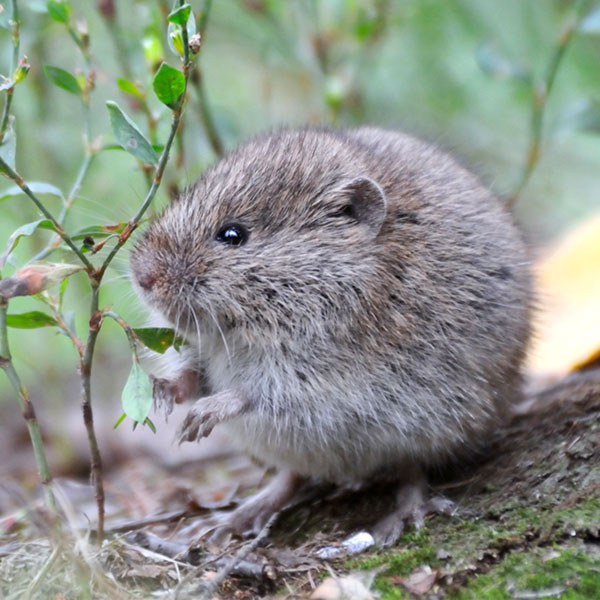Grasping Vole Pest Control: Extensive Insights on Invasion Avoidance and Therapy Strategies
By recognizing the refined indicators of vole invasion early on, we can take proactive steps to prevent prevalent damages. In this conversation, we will explore the subtleties of vole actions, delve into the recognition of problem signs, and uncover the most efficient avoidance and treatment methods.
Comprehending Vole Habits
Examining the foraging patterns of voles provides valuable understandings right into their behavior and habitat preferences. By observing their foraging habits, scientists can get a far better understanding of where voles prefer to develop their environments and the level of their environmental effect.
Research suggests that voles exhibit discerning feeding behaviors, favoring roots, origins, and seeds - vole yard damage. This dietary preference influences their foraging patterns, leading them to locations abundant in plant life and ground cover. In addition, voles are known to produce sophisticated passage systems for foraging and nesting functions, suggesting a high degree of flexibility to their surroundings
Understanding vole habits is vital for executing targeted insect control measures that interrupt their habitat choices and foraging activities. By studying their actions, experts can create much more reliable prevention and therapy strategies to manage vole infestations.
Identifying Indicators of Vole Problem
Vole problems can be spotted by identifying details indicators of their visibility in an area (vole control). One of the most common indicators of a vole invasion is the visibility of surface area paths.
Another key indicator of vole infestation is the visibility of tiny burrow openings in the ground. In addition, voles are recognized to leave behind eaten plant stems, roots, and light bulbs near their burrow openings, suggesting their feeding activity in the area.
Furthermore, vole droppings can additionally signify their presence (vole control utah). Vole droppings are tiny, brown, and cylindrical fit, resembling grains of rice. Discovering these droppings along runways or near burrow openings can validate a vole invasion. By being cautious for these indications, homeowner can promptly deal with vole problems and avoid more damage.
Carrying Out Aggressive Avoidance Measures
To properly alleviate the dangers related to vole problems, homeowner can proactively carry out an array of preventive actions aimed at securing their gardens and landscapes. One critical action is to preserve a well-trimmed yard and frequently get rid of tall weeds and thick plants, as voles are drawn in to areas offering sufficient cover. Mounting obstacles such as equipment towel below ground around vulnerable areas like yard beds can likewise help stop vole intrusion. Additionally, maintaining garden areas clean and minimizing clutter where voles might conceal or nest is necessary in lowering their presence.
In addition, using natural vole deterrents like check castor oil-based repellents or killer pee can function as efficient safety nets. It is likewise recommended to frequently examine outdoor rooms for any indications of vole task, such as paths or delve openings, basics to attend to prospective problems immediately. By taking on these positive prevention techniques, homeowner can substantially decrease the likelihood of vole damages and preserve the health and appearances of their landscapes.
Reliable Treatment Approaches
Incorporating targeted capturing techniques and utilizing accepted rodenticides are essential components of effective therapy approaches for taking care of vole invasions. Trapping can be an effective method to reduce vole populations, especially when placed purposefully in their active runways. Break traps and live traps can both be reliable, with the last allowing for the capture and relocation of voles. When utilizing rodenticides, it is crucial to follow safety guidelines to avoid harm to non-target animals and animals. Location rodenticides in safe lure terminals to reduce dangers to unexpected targets. In addition, environment modification, such as lowering ground cover and getting rid of sources of food, can assist prevent voles from infesting an area. Routine tracking and upkeep are likewise key facets of effective treatment methods to make sure that vole populaces are maintained under control. By incorporating trapping, rodenticides, habitat adjustment, and consistent tracking, effective vole bug control can be accomplished.

Monitoring and Maintenance Tips
Preserving a methodical timetable for tracking and performing routine upkeep activities is essential to sustain the efficiency of vole parasite control procedures. Regular monitoring enables the early discovery of vole task, making it possible for prompt intervention prior to problems worsen. To efficiently monitor vole populations, purposefully placed traps can be used in vole runways or near burrow entrances. By frequently inspecting these traps, building owners can evaluate the extent of vole task and change control methods as necessary.
Additionally, preserving a neat and clean landscape is necessary in vole prevention. Clearing away debris, such as stacks of timber or thick plants, removes prospective vole environments. Routinely cutting and trimming yards plant life helps decrease vole concealing places and decreases their access to food sources.

Conclusion
In verdict, mastering vole parasite control requires a solid understanding of vole behavior, the capacity to identify signs of problem, implementing positive page avoidance procedures, effective therapy methods, and consistent tracking and maintenance. By taking an extensive strategy to vole control, individuals can properly handle and stop infestations, inevitably protecting their residential property and bordering setting from damage triggered by these small rats.
In this discussion, we will certainly check out the subtleties of vole behavior, dig into the identification of invasion indications, and uncover the most reliable avoidance and therapy methods.Including targeted trapping methods and making use of approved rodenticides are vital components of effective treatment methods for handling vole infestations. To properly keep an eye on vole populaces, strategically positioned catches can be utilized in vole runways or near burrow entries. Examining and repairing any damages to these structures ensures that vole control stays efficient in protecting homes from invasions. By incorporating these surveillance and maintenance methods into a comprehensive vole bug control strategy, individuals can efficiently manage vole populaces and secure their residential properties from damages.